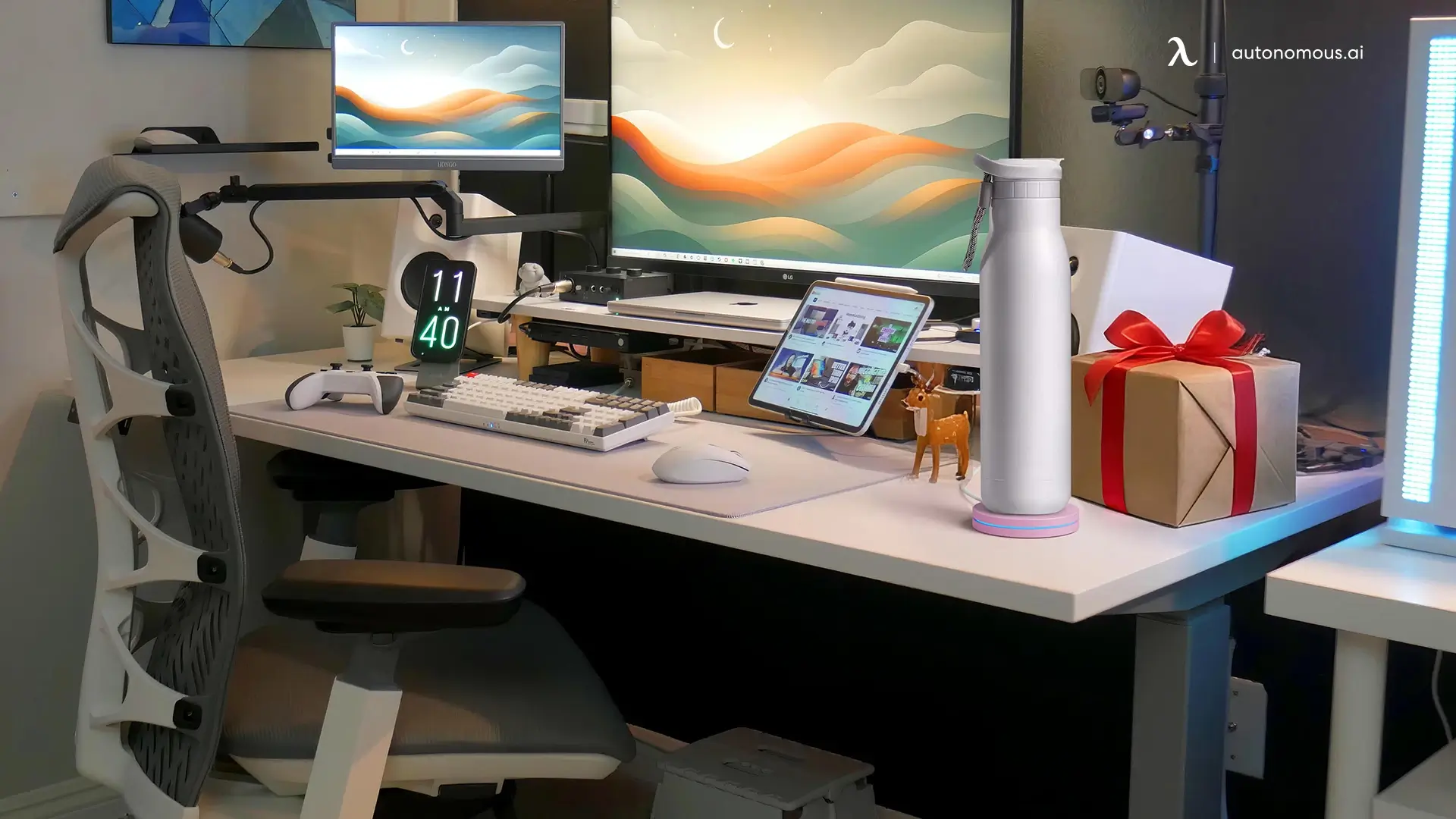- Newest
- Most viewed
Interested in a Link Placement?

Best $20 Christmas Gifts That Don’t Feel Cheap at All
I’ve rounded up $20 Christmas gifts that actually feel thoughtful-budget-friendly picks for anyone on your list, from casual acquaintances to your closest people.
Latest Updates | Dec 6, 2025 207 views

Best Office Christmas Tree Ideas for Every Workplace
Latest Updates | Dec 7, 2025 533 views

6 Best Small Christmas Gift Ideas for Coworkers Under $5
Latest Updates | Dec 5, 2025 149 views

25 Festive Office Christmas Party Decor Ideas
Latest Updates | Dec 5, 2025 845 views

Christmas Gift Quotes to Write on Cards, Tags & Messages
Latest Updates | Dec 4, 2025 746 views

15 Creative Christmas Gift Exchange Ideas for Work
Latest Updates | Dec 4, 2025 664 views
.webp)
25 Best Christmas Gifts Under $30 They’ll Actually Use
Latest Updates | Dec 3, 2025 860 views
.webp)
15 Christmas Gifts Under $50 That Feel Like a Big Deal
Latest Updates | Dec 3, 2025 586 views

15 Christmas Gifts Under $25 We’d Happily Give Anyone
Latest Updates | Dec 2, 2025 991 views

How to Play the Christmas Gift Exchange Game With Dice
Latest Updates | Dec 2, 2025 328 views

After Christmas Furniture Sales 2025: Save On Top Deals
Latest Updates | Dec 1, 2025 549 views

Robotics Beyond the Textbook: Empowering STEM Education with Sim-to-real
Smart Products | Dec 1, 2025 438 views
.svg)
